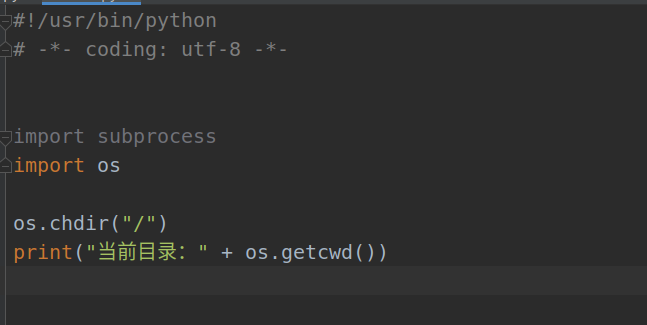
Uses fork(2) to create a child process that executes the shell command specified in command using execl(3) as follows:Įxecl ( "/bin/sh", "sh", "-c", command, ( char * ) NULL ) Calls the system() system call, which according to the Linux man-pages,.This post refers collectively to binary executables (such as ls or wget) and shell builtins (such as pwd) as “system commands.” Several standard ways of calling system commands in Python are as follows:

However, depending on the target function, memory footprint can be significant, and achieving desired behavior over process and pool termination can be tricky. One of the most useful APIs introduced by Python’s multiprocessing package is the process Pool, which “offers a convenient means of parallelizing the execution of a function across multiple input values, distributing the input data across processes (data parallelism).” īy creating child processes, the multiprocessing package sidesteps the Global Interpreter Lock and allows full utilization of multiple processors.



 0 kommentar(er)
0 kommentar(er)
